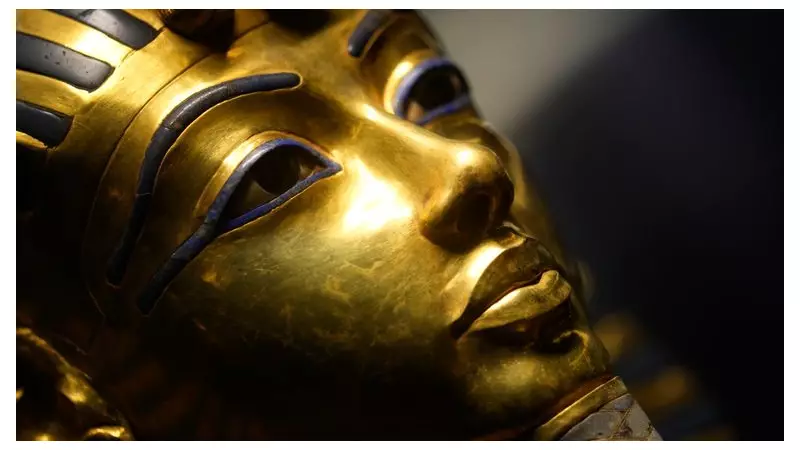
In an historic moment for archaeology and cultural preservation, the long-awaited Grand Egyptian Museum has officially opened its doors to the public, marking what experts are calling the most significant museum launch of the century.
Located in the shadow of Cairo's iconic pyramids, this monumental $1 billion project represents the culmination of more than twenty years of meticulous planning and construction. The sprawling complex spans an astonishing 500,000 square metres, making it the largest archaeological museum facility ever constructed.
The Complete Tutankhamun Revelation
For the first time in history, visitors can witness the entirety of King Tutankhamun's legendary burial artefacts displayed together. The museum showcases all 5,400 pieces recovered from the boy king's tomb, including treasures that have never been publicly exhibited before.
The collection includes:
- The iconic golden death mask that has captivated generations
- Exquisitely crafted jewellery and ceremonial daggers
- Ornate chariots and royal thrones
- Daily life objects that accompanied the pharaoh to the afterlife
A New Era for Egyptian Heritage
The opening comes at a crucial time for Egypt's tourism industry, which has faced significant challenges in recent years. Government officials are hailing the museum as a transformative project that will redefine cultural tourism in the region.
"This isn't just a museum opening—it's the rebirth of Egypt's cultural narrative," stated one senior archaeological consultant involved in the project. "We're presenting ancient history through a completely modern lens, making these treasures accessible in ways previously unimaginable."
Architectural Marvel Meets Ancient Wonders
The museum's design seamlessly blends contemporary architecture with ancient Egyptian motifs. A stunning translucent stone wall forms the facade, while the interior spaces are strategically arranged to guide visitors through chronological historical journeys.
Particular attention has been paid to conservation standards, with state-of-the-art climate control systems ensuring the preservation of delicate artefacts for future generations. The museum also incorporates extensive educational facilities and research centres, positioning itself as a global hub for Egyptological studies.
As visitors walk through the grand halls, they encounter not just individual artefacts but complete contextual displays that tell the story of ancient Egyptian civilization in unprecedented depth and scale.





